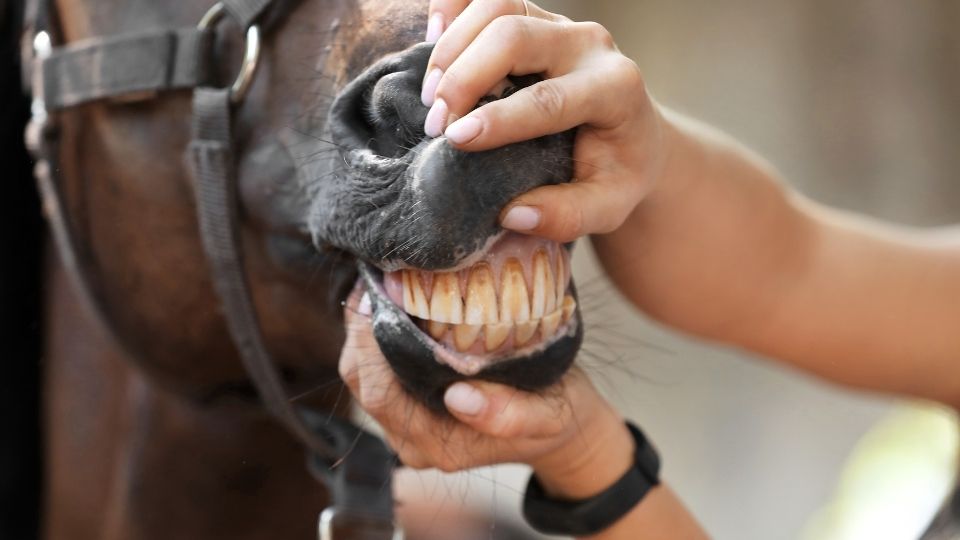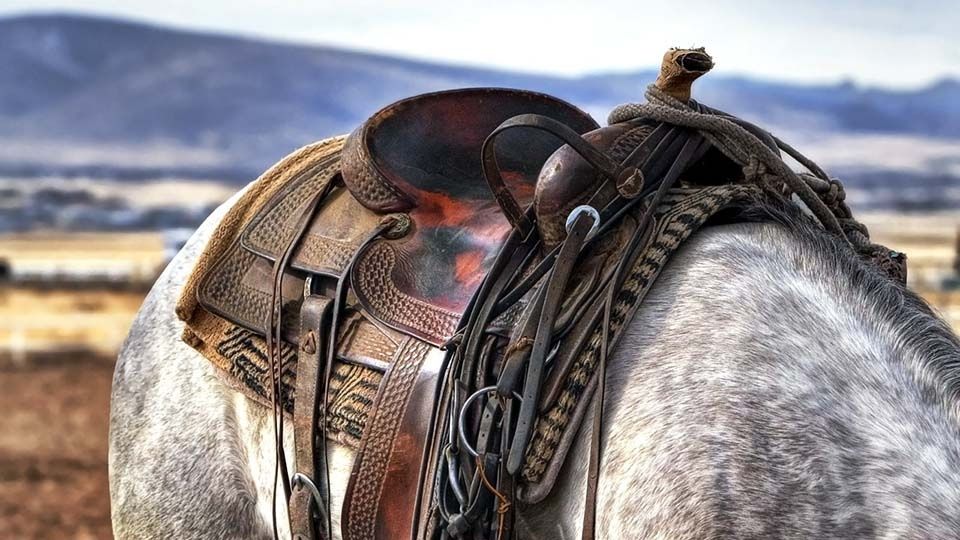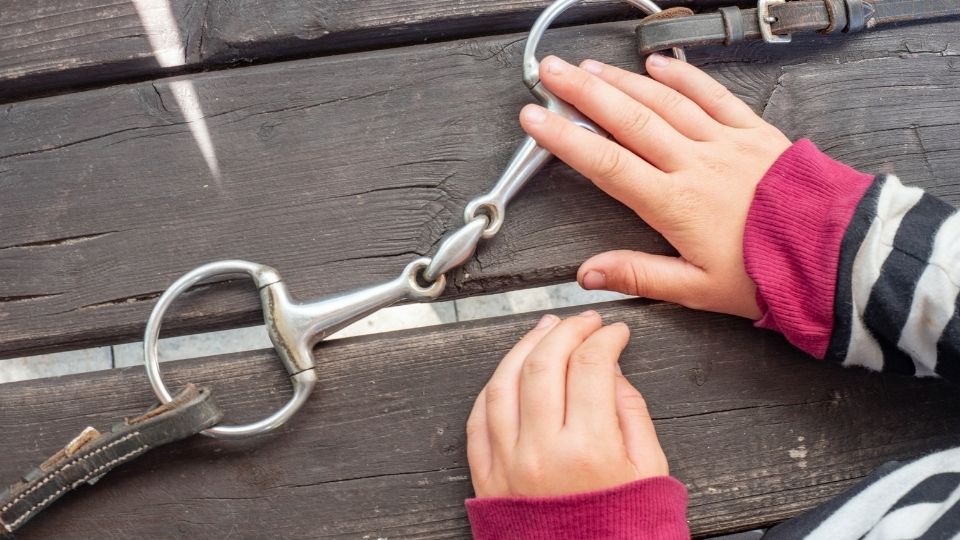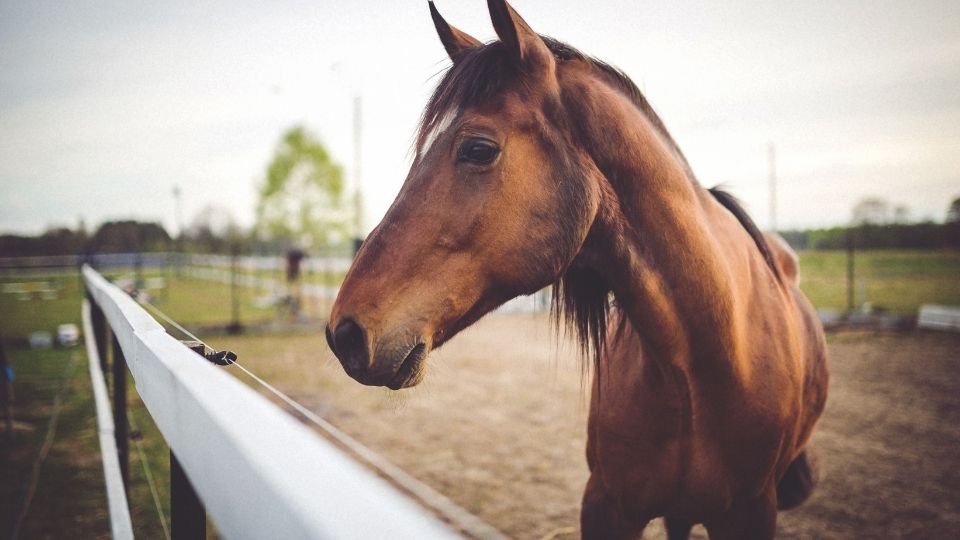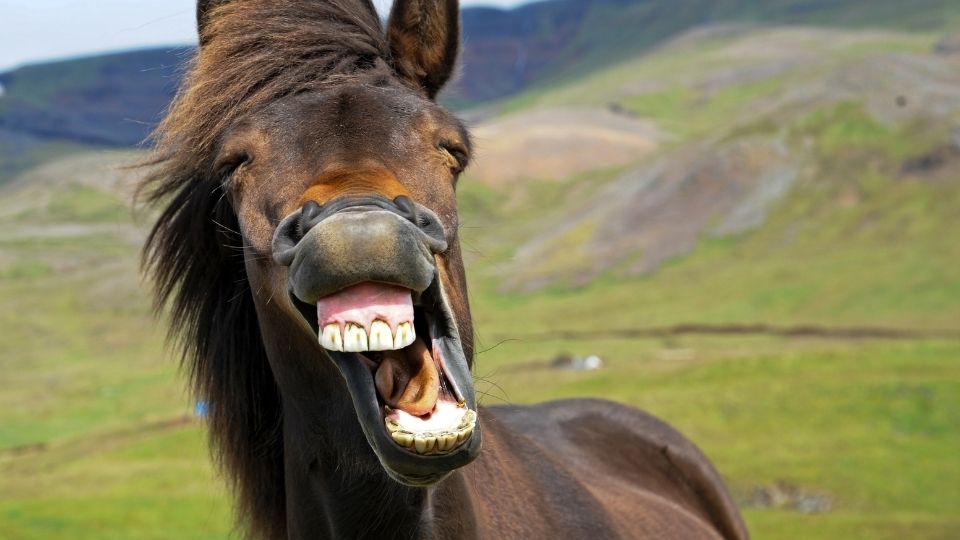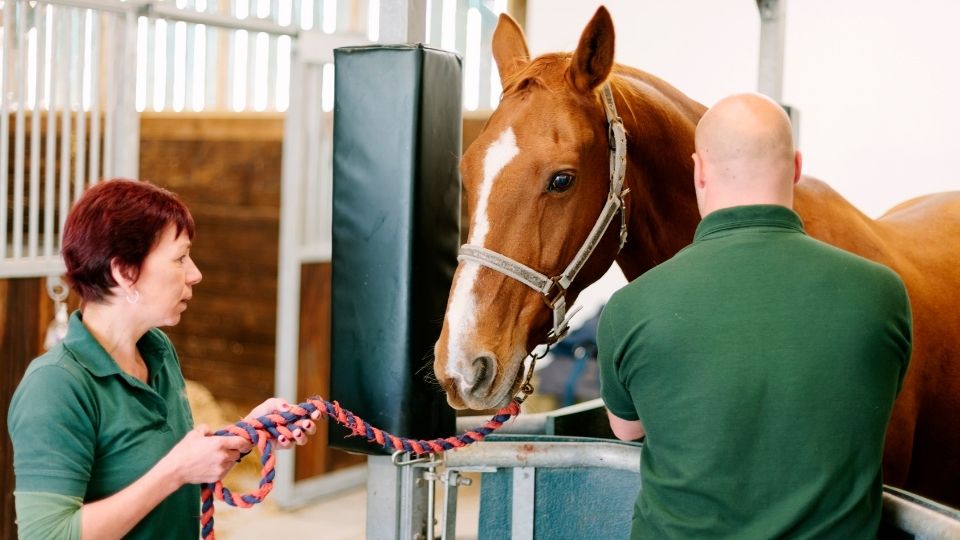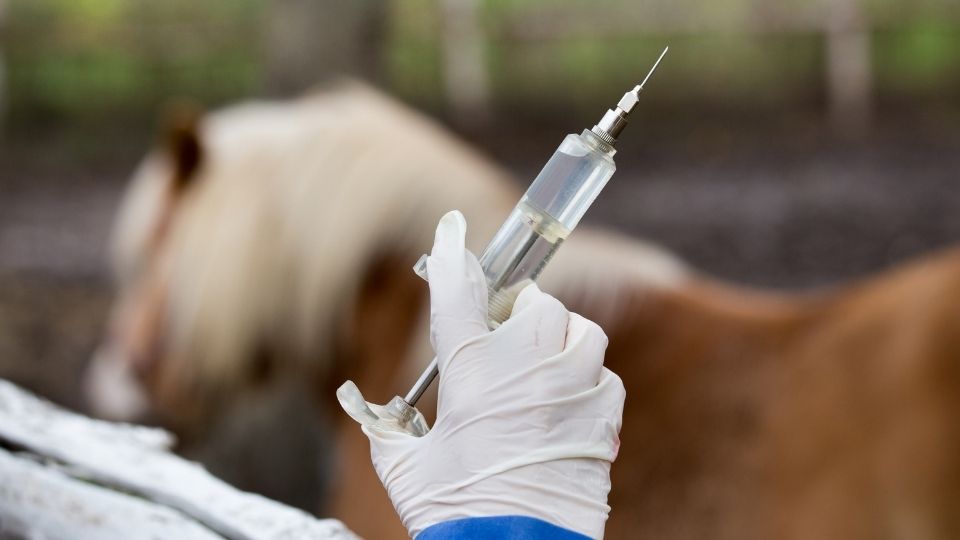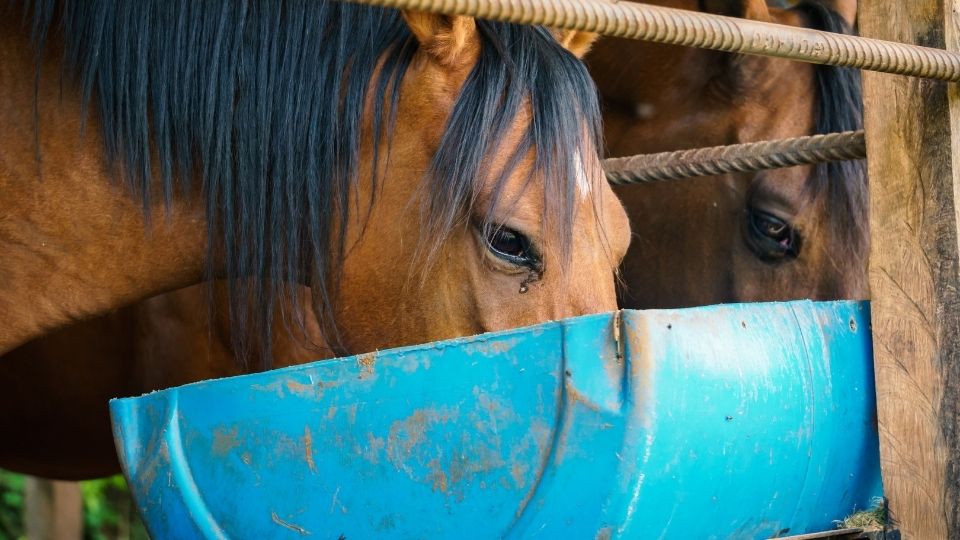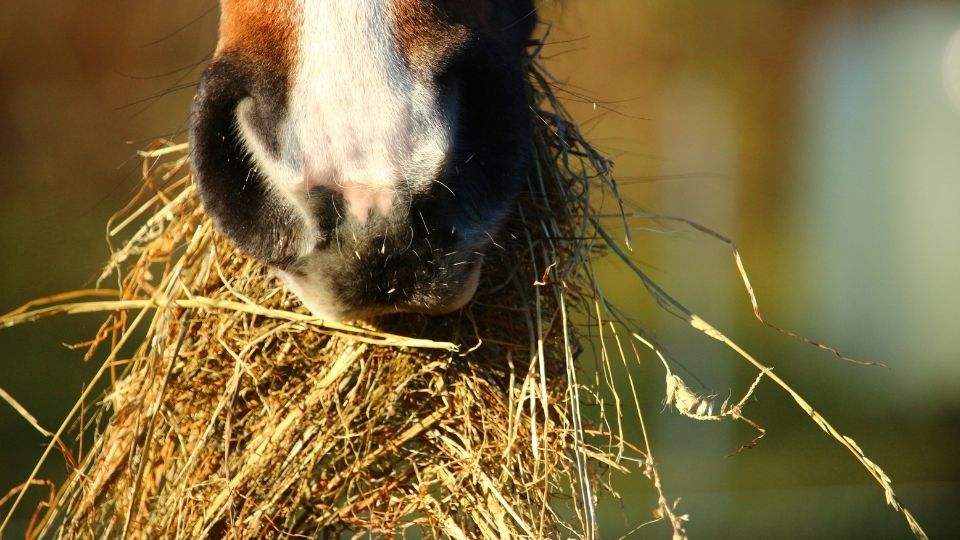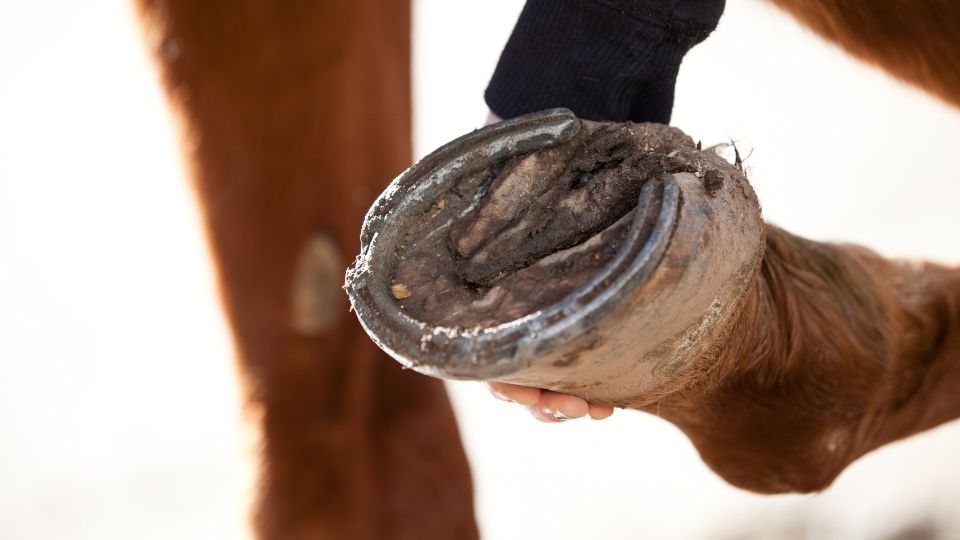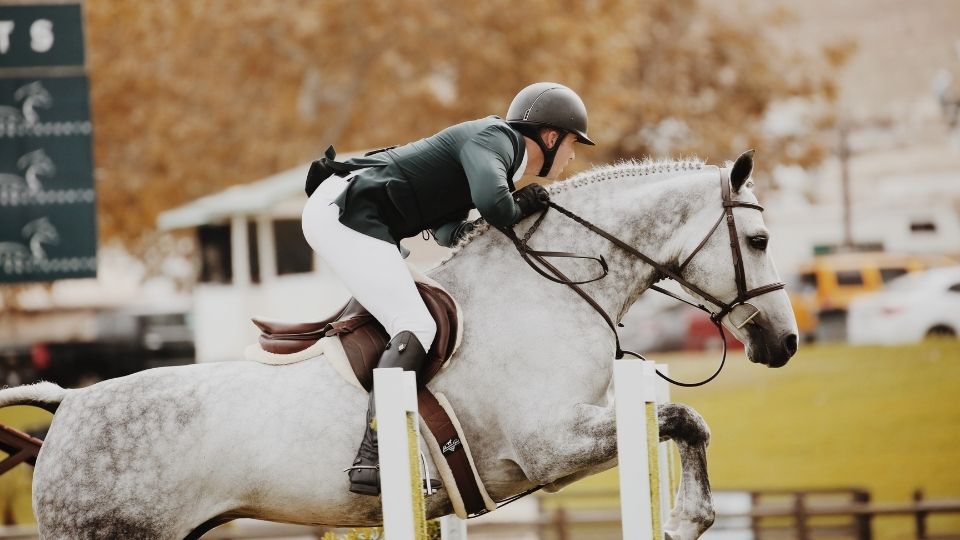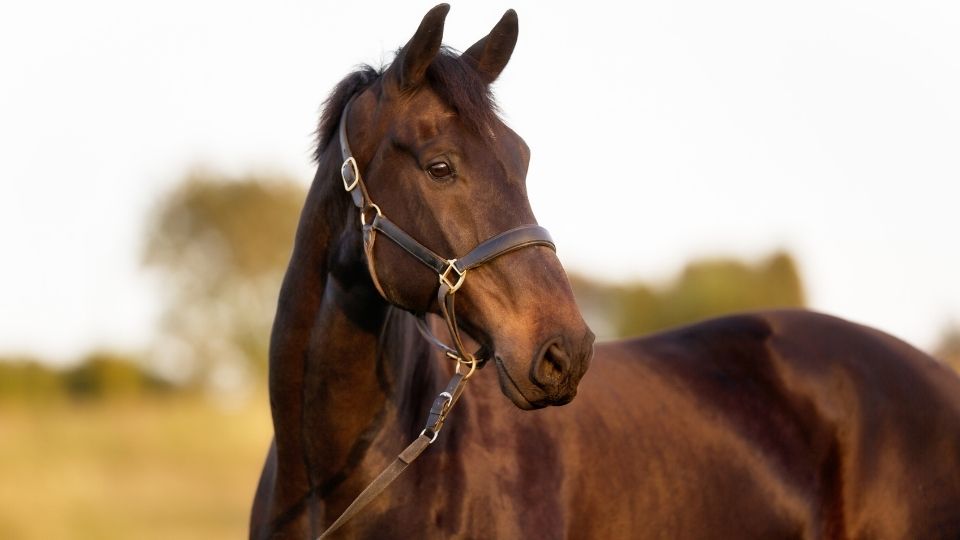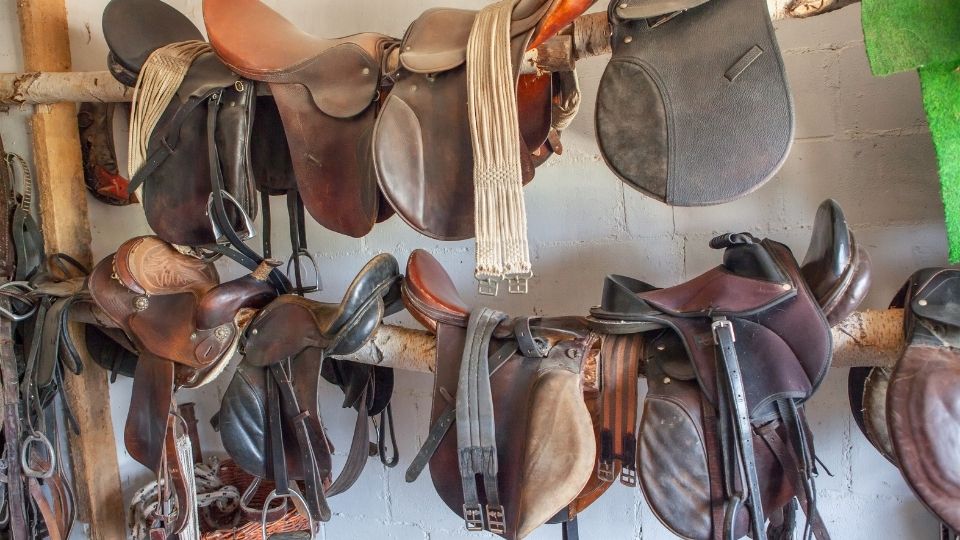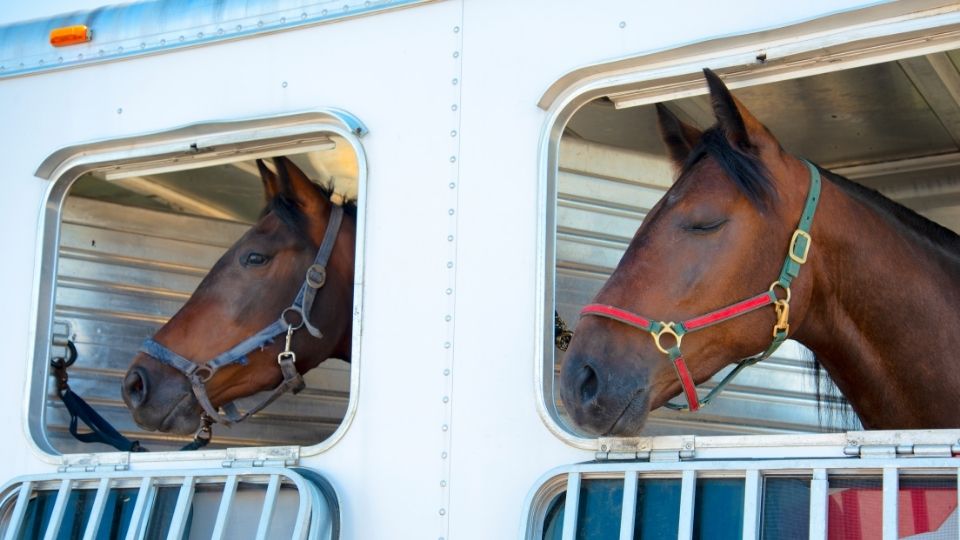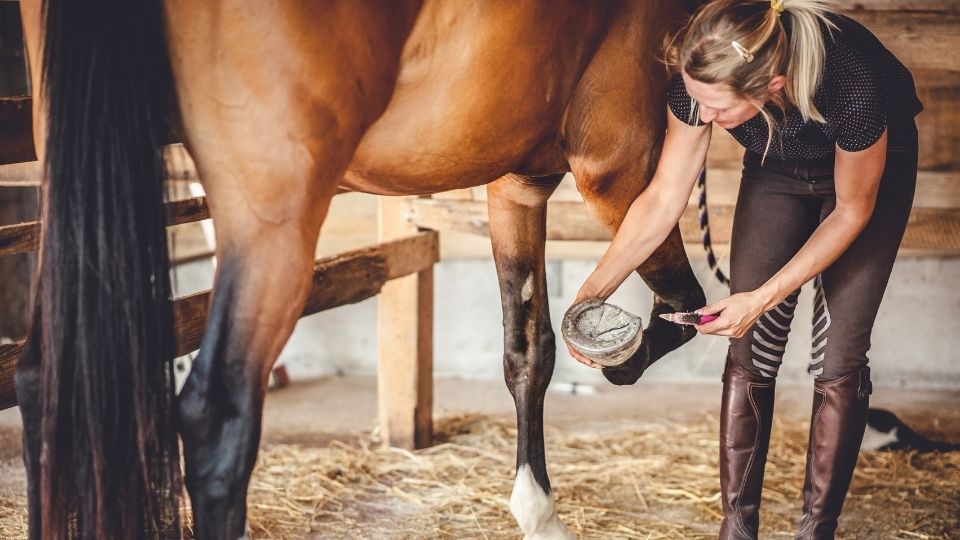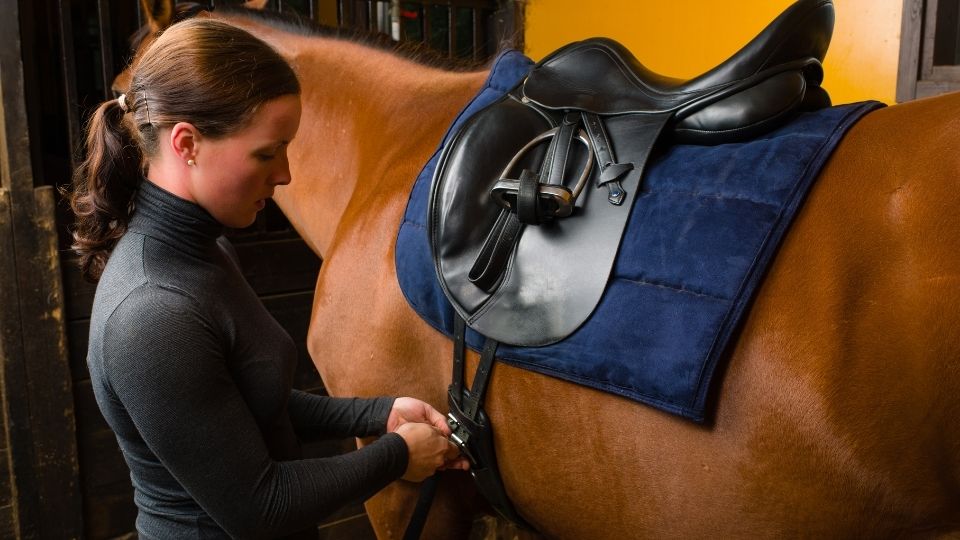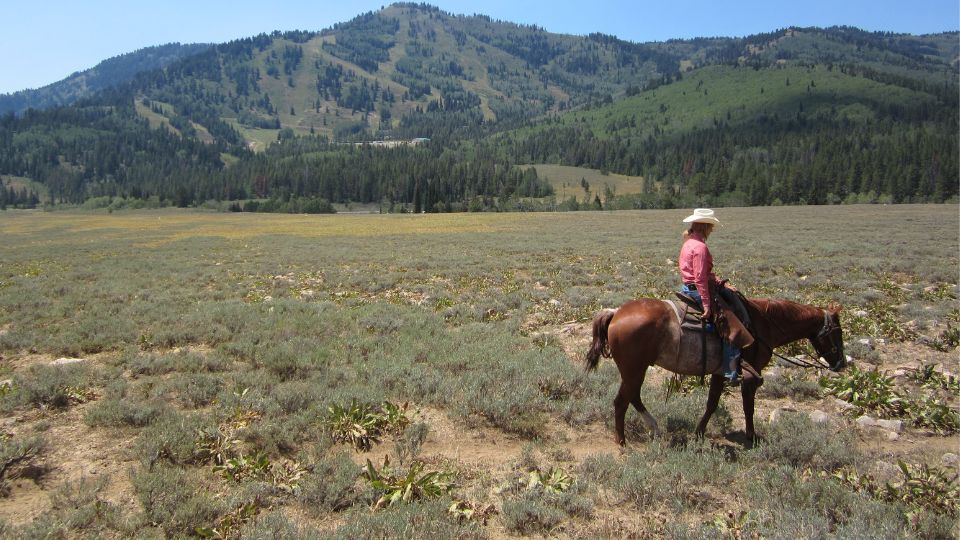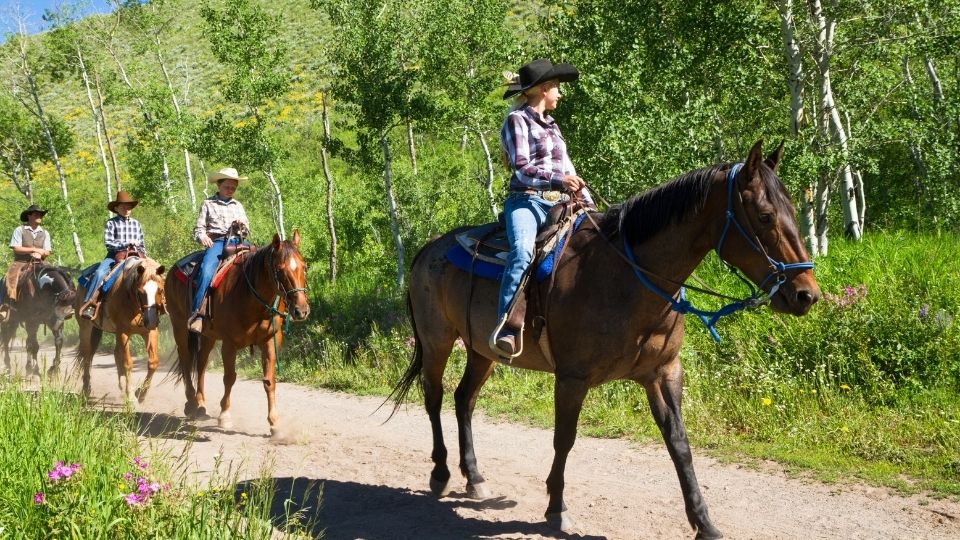Time to Say Goodbye (Equine Euthanasia)
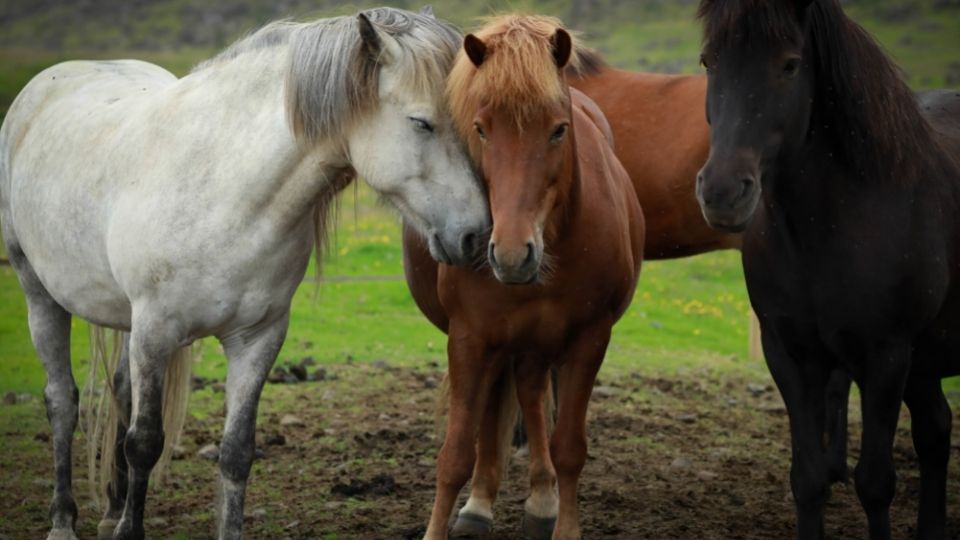
As hard as it is to say goodbye, many horse owners eventually have to make the decision to euthanize their horse. This choice is often the result of a carefully thought out decision made after a long and productive life of a good friend. However, sometimes this choice has to be made quickly, without the luxury of time, to prevent unnecessary pain and suffering of the horse. It is important to plan ahead and become familiar with the process and choices that need to be made before the emotions of putting a horse down threaten to take over.
If you are in a position to plan ahead for this event, one of the first decisions is deciding where the euthanasia should be performed. Veterinarians can euthanize a horse at home, at a stable, or at the vet clinic. Safety of the people involved, safety of other horses, as well as public visibility should all be considered. Other considerations include the emotional needs of the person(s) who may be grieving and method of body disposal. An open conversation between you and your veterinarian can help you decide how to proceed. If you find yourself in the unfortunate circumstance that your horse needs to be euthanized on an emergency basis, be prepared for the fact that you may not have the luxury of saying goodbye, or choosing the time or location that the event will take place.
It is important that horse owners and caregivers are familiar with the process of euthanizing a horse. It can be very dramatic and if an individual is not aware of what will happen it can be misunderstood.
The American Association of Equine Practitioners (AAEP) has deemed the following techniques for performing euthanasia of horses by properly trained personnel as acceptable.1
- Intravenous administration of an overdose of barbiturates
- Gunshot to the brain
- Penetrating captive bolt to the brain
- Intravenous administration of a solution of concentrated potassium chloride with the horse in a surgical plane of anesthesia
- Alternative methods may be necessary in special circumstances
The most commonly used methods of euthanasia are intravenous barbiturate overdose or a gunshot to the brain. Because you will most likely experience these two methods, they will be described in further detail.
Euthanasia Techniques
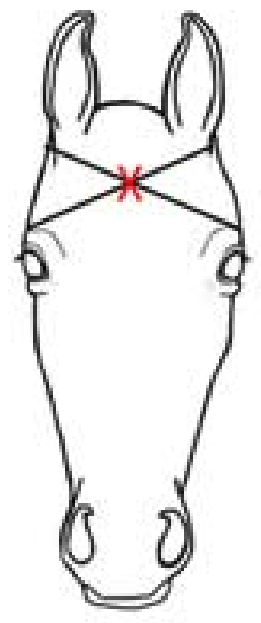
Intravenous barbiturate overdose (sodium pentobarbital) will depress the central nervous system and cause deep anesthesia that progresses to respiratory and cardiac arrest. Most horses are standing when the barbiturate is administered. As the horse loses consciousness it can be difficult to determine exactly where the horse will fall and how graceful the landing will be. Once the horse is down it is not uncommon to observe residual unconscious musculoskeletal activity that can range from minor muscle twitching to very active paddling of the legs. Your veterinarian may sedate the horse prior to administering the barbiturate overdose to make the process more palatable and safe for those involved by improving the odds that the horse will fall more controllably and remain still once down. Even under ideal circumstances the fall can be sudden and dramatic. This can be a shock to people unfamiliar to the process and they are to be reassured that unconsciousness is instantaneous once the barbiturates are administered and the fall causes little or no pain to the horse. Aside from the shock of the fall, it is important to know that most horses will produce a few agonal breaths within seconds to minutes after expiring. This breathing pattern is the result of residual neuromuscular activity, sounds like a large exhale, and can be startling if you are not expecting it. It is important to ensure the safety of everyone involved by being observant and maintaining the proper distance throughout the procedure. Although barbiturate overdose is less disturbing to observers, it is also more expensive than other options.
Gunshot to the brain is considered an acceptable method of euthanasia for horses as long as certain safety measures are followed. The firearms that are used must be well maintained and care must be taken to ensure the safety of the operator, observers, and other animals. All laws and regulations governing the possession and discharge of firearms must be adhered to. The site for entry of the bullet is described as being on the intersection of two diagonal lines each running from the outer corner of the eye to the base of the opposite ear.2 (See Figure 1.) The firearm should be aimed directly down the neck, perpendicular to the front of the skull, and held at least 2-6 inches away from the point of impact. When performed skillfully, gunshot results in instantaneous unconsciousness, is inexpensive, and does not require contact with the horse. Some veterinarians may choose to administer sedatives such as xylazine or dormosedan before the gunshot is administered.
Confirming Death
Following euthanasia, a standing animal will fall and may experience a period of muscle contraction. This will be followed by a period of relaxation and some kicking or paddling movements. Death should be confirmed after a few minutes by looking for the absence of breathing, a heartbeat, and a corneal reflex. To check a corneal reflex or blinking response, touch the animal’s cornea (surface of the eye); there should be no response to the touch if the animal is deceased. The presence of any eye movement or blinking at this time is evidence of sustained or recovering brain activity and the individual should repeat the same or an alternative euthanasia procedure.3 A stethoscope must be used to determine the absence of a heart beat.
Body Disposal
After the horse has been confirmed dead, deciding what to do with the body must be considered. If an overdose of barbiturates was used, disposing of the body in a way that other animals do not have the ability to eat the contaminated meat is vital. Carcass disposal options can include burial, cremation, rendering, or taking the body to the landfill. Your local veterinarian should be familiar with these options and can be relied on for relaying contact information. It is important to understand the local laws of taking care of dead livestock when making this decision.
Burying a deceased horse can be a big project. It generally involves hiring an individual with a backhoe to come dig the grave. Also, some municipalities and counties have laws prohibiting the burial of livestock. Check with local governments before proceeding with burial. Cremation is also an alternative for disposing of a dead horse. This can be very expensive as most animal crematories charge to cremate by the pound. Some communities have rendering businesses that will come to a private residence and pick up dead horses. Most landfills are required to dispose of dead animals at little or no cost. Transporting the horse to the landfill following euthanasia can be problematic as it is difficult to unload horses after they are deceased.
Summary
Saying goodbye to our equine friends is difficult and heart breaking. Horses can become a part of us and we become a part of them. This is the very reason that when quality of life becomes compromised sometimes the most compassionate thing we can do for them is the gift of a humane euthanasia. The pain of saying goodbye can be lessened when we know what is going to happen and can make informed decisions about how to proceed.
References
- 1American Association of Equine Practitioners (AAEP). 2011. AAEP Guidelines for Euthanasia. http://www.aaep.org/info/horsehealth? publication=849
- 2American Veterinary Medical Association (AVMA). 2013. AVMA Guidelines for the Euthanasia of Animals: 2013 Edition. https://www.avma.org/KB/Policies/Documents/euth anasia.pdf
- 3UC Davis School of Veterinary Medicine Extension. 1999. The Emergency Euthanasia of Horses. http://www.vetmed.ucdavis.edu/vetext/localassets/ pdfs/pdfs_animal_welfare/emergeuth horses2-2.pdf
Published June 2016
Utah State University Extension
Peer-reviewed fact sheet
Authors
Karl Hoopes, DVM, Equine Extension Specialist, Utah State University; Holly Mason, MS, DVM, Equine Veterinarian, Utah State University
Related Research



